History was made 50 years ago today (20th July), when the first humans set foot on the Moon during Apollo 11. Watched live on television by a worldwide audience, Neil Armstrong and Buzz Aldrin went where no one had gone before.
The historic Apollo lunar landing on July 20, 1969 paved the way for future space exploration and opened the door to boundless curiosity and discovery. The 50th anniversary of the Apollo 11 mission symbolizes how anything is possible. We are all explorers who can do our part to expand knowledge and be a part of the NASA mission.
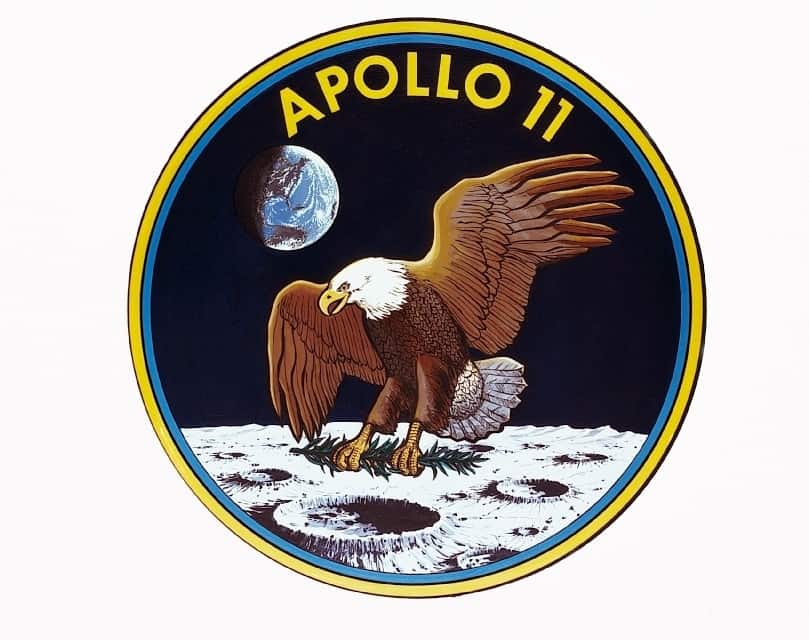
Mission Objective
The primary objective of Apollo 11 was to complete a national goal set by President John F. Kennedy on May 25, 1961: perform a crewed lunar landing and return to Earth.
Additional flight objectives included scientific exploration by the lunar module, or LM, crew; deployment of a television camera to transmit signals to Earth, deployment of a solar wind composition experiment, seismic experiment package and a Laser Ranging Retroreflector. During the exploration, the two astronauts were to gather samples of lunar-surface materials for return to Earth. They also were to extensively photograph the lunar terrain, the deployed scientific equipment, the LM spacecraft and each other, both with still and motion picture cameras. This was to be the last Apollo mission to fly a “free-return” trajectory, which would enable a return to Earth with no engine firing, providing a ready abort of the mission at any time prior to lunar orbit insertion.
Mission Highlights
Apollo 11 launched from Cape Kennedy on July 16, 1969, carrying Commander Neil Armstrong, Command Module Pilot Michael Collins and Lunar Module Pilot Edwin “Buzz” Aldrin into an initial Earth-orbit of 114 by 116 miles. An estimated 650 million people watched Armstrong’s televised image and heard his voice describe the event as he took “…one small step for a man, one giant leap for mankind” on July 20, 1969.
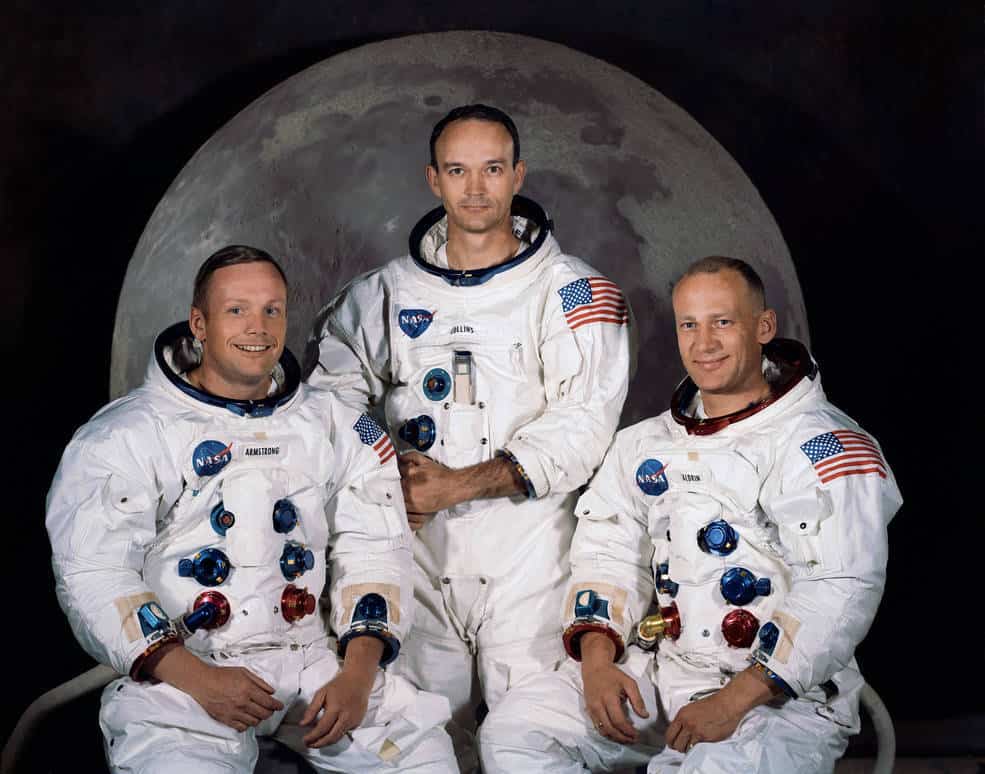
After a landing that included dodging a lunar crater and boulder field just before touchdown, Neil Armstrong and Buzz Aldrin explored the area around their lunar landing site for more than two hours. They collected soil and rock samples, set up experiments, planted an American flag and left behind medallions honouring the Apollo 1 crew and a plaque saying, “We came in peace for all mankind.”
Crew: Neil Armstrong (commander), Edwin Eugene ‘Buzz’ Aldrin Jr (lunar module pilot), Michael Collins (command module pilot).
Launch: July 16, 1969 – lunar landing: July 20 – splashdown: July 24.
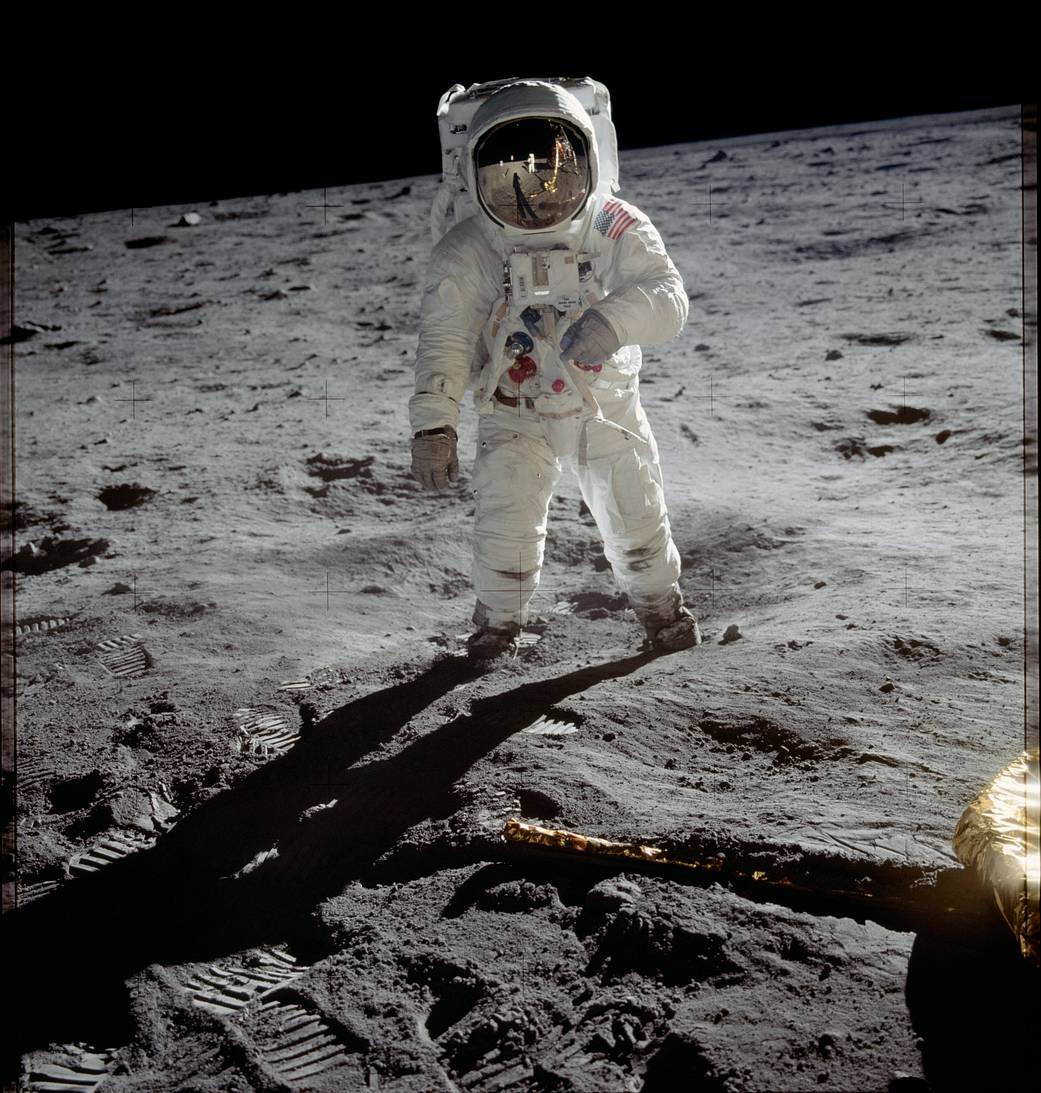
While astronauts Neil Armstrong and Buzz Aldrin explored the Sea of Tranquility region of the moon, astronaut Michael Collins remained with the command and service modules in lunar orbit.
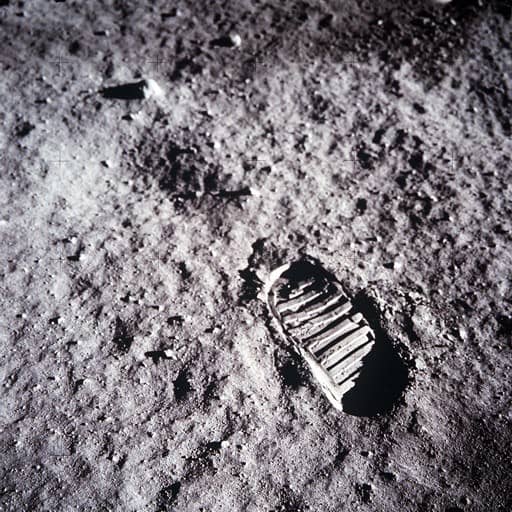
The logo for the 50th anniversary of the Apollo 11 moon landing gives a nod to the past with a few elements borrowed from the original Apollo program emblem and a glimpse into the future with a graphic depiction of NASA’s vision for the next half-century of deep space exploration. The arc through the word “Apollo” represents Earth’s limb, or horizon, as seen from a spacecraft. It serves as a reminder of how the first views of Earth from the Moon – one of NASA’s crowning achievements – forever transformed the way we see ourselves as human beings.
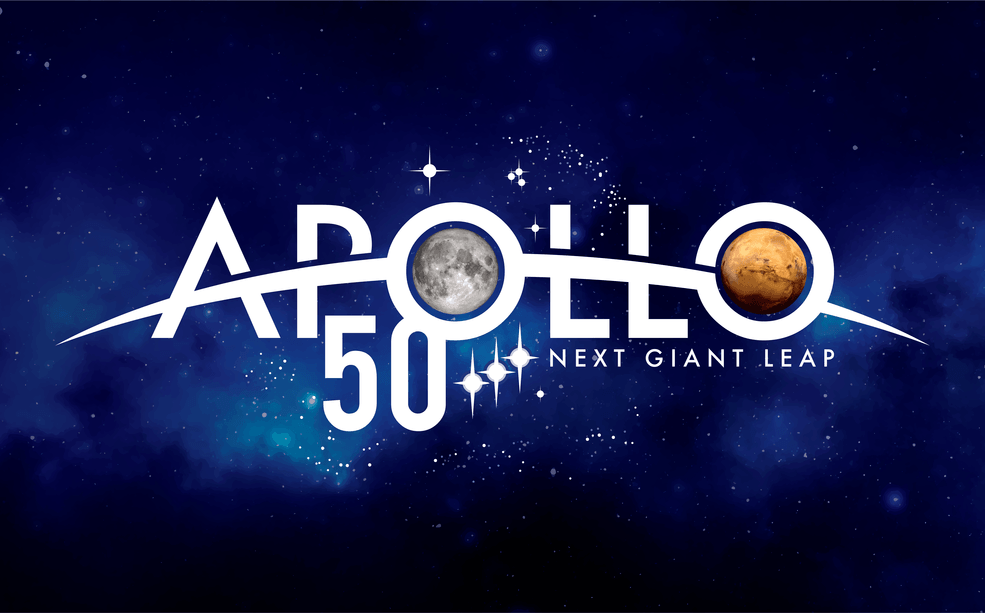
“We need to continue pushing the boundaries of knowledge and exploration. Don’t forget, one of the greatest joys is learning……. Keep exploring!” – Amelia Piper, MajorTim.space – CEO/founder/manager

